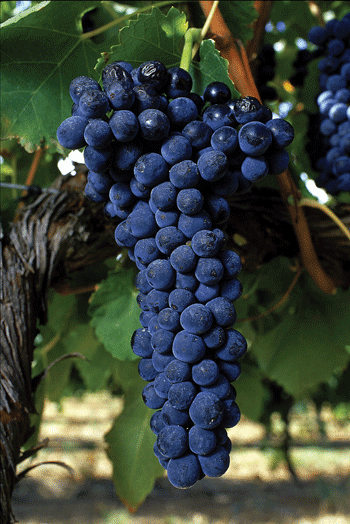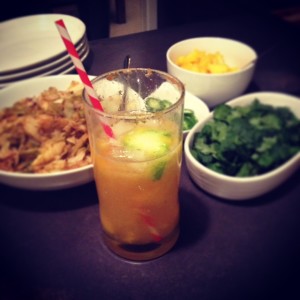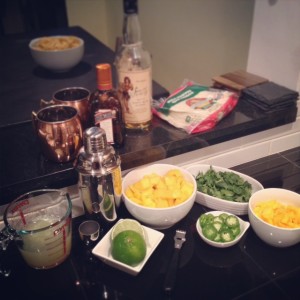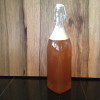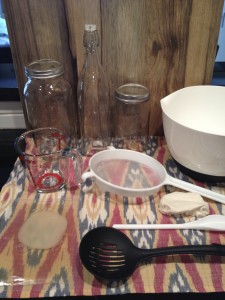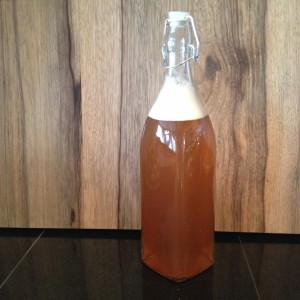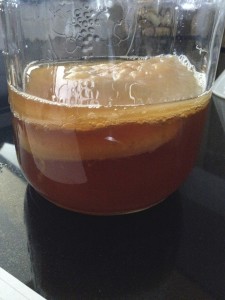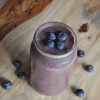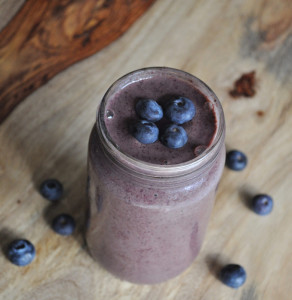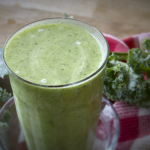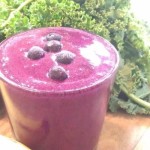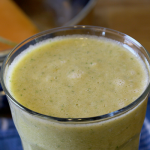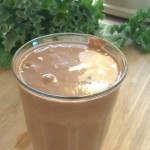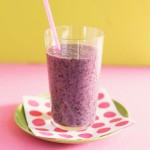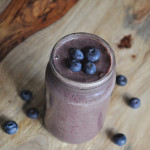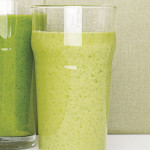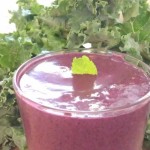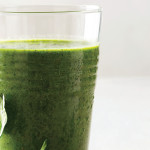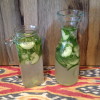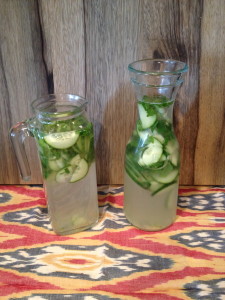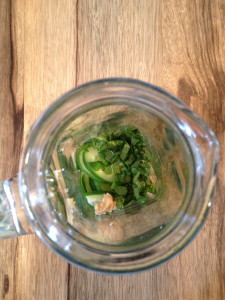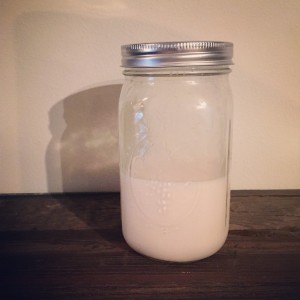 Ahh the weekend. Wonderful, sweet weekend. It’s 48 hours to unplug, relax, catch up, and generally not be in an office. This was the first full week back at work after the shortened work weeks through the holidays and I won’t lie, Monday and Tuesday I was a little ‘struggles’. But Friday was here in no time and I was actually surprised how quickly the week flew by and left me at another Friday night. Phew, MADE IT!
Ahh the weekend. Wonderful, sweet weekend. It’s 48 hours to unplug, relax, catch up, and generally not be in an office. This was the first full week back at work after the shortened work weeks through the holidays and I won’t lie, Monday and Tuesday I was a little ‘struggles’. But Friday was here in no time and I was actually surprised how quickly the week flew by and left me at another Friday night. Phew, MADE IT!
Saturdays are my favorite. You can stay up late on Friday if you want because it’s not a school night, and you know when you wake up that there are 24 more hours where these came from just waiting for you to enjoy! Saturday’s have a pretty regular ritual. The morning starts with a trip to my AMAZING acupuncturist, followed by grocery shopping. Then I head home to focus on food prep and house cleaning. I wash and chop all the veggies and prepare as many meals as I can for the upcoming week. Every week there is a batch of homemade almond butter, a pot of toasted quinoa in the mix and every other week Saturday is Kombucha bottling day too. I’m going to try out the continuous brew method this next batch so stay tuned for the results!
Today I got sucked into reading one of my favorite healthy living sites, Wellness Mama, and saw her recipe for homemade almond milk. We go through about a gallon of almond milk per week and Whole Foods hasn’t been carrying the vanilla kind so we’ve been stuck with the ‘original’ flavor for months. I’m a DIY/Homemade fanatic and I can’t believe I haven’t tried my hand at making almond milk myself yet! It always seemed a little daunting when I’ve read about it before, needing nut bags, sprouting, blanching, it always just seemed easier to pick it up at the store. The recipe on Wellness Mama seemed attainable and I was well over due to give it a try.
I love how she explains the reason for soaking the almonds and even gives an idea for how to use the leftover almond pulp that remains after you squeeze the milk thorough cheese cloth. Done and done!
It didn’t come out as thick as the store-bought kind I like but I’ll just try a bit less water next time. I omitted the dates on the first batch and that is a MUST (also confirmed by the mister on a blind taste test of each version). Use high quality vanilla and start with a 1/2 teaspoon (NOT tablespoon like I did). All in all, the first batch was actually good which is a win since I would have taken ‘drinkable’ as a passing grade!
Homemade Almond Milk
2 cup raw organic sprouted almonds – soaked overnight
7 cups pure filtered water (not your soaking water)
1 teaspoons high-quality vanilla extract
5 large dates (honey, stevia if you prefer)
Nut bag to strain (Recommended Nut Bag)
You can use cheese cloth, but it’s WAY more work!
1 tsp sea salt for soaking
Directions:
Soak almonds overnight (at least 8 hours, preferable 10-12) in pure water with 1 tsp sea salt. Wellness Mama says that this is an important step as it breaks down the phytic acid and enzyme inhibitors and cultures beneficial enzymes in the almonds. Basically, doing this helps your body to absorb the enzymes and nutrients in the almonds.
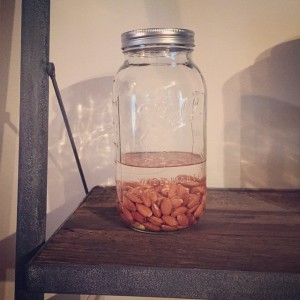 Rinse the almonds well and add to the blender.
Rinse the almonds well and add to the blender.
Add in the 7 cups of filtered water and blend on high until the mixture looks smooth. Work in half batches if your blender won’t fit the whole batch. You’ll see that it can get quite frothy so don’t fill your blender to capacity.
If using nut bag: secure bag around the top of a pitcher or 8 cup container and pour the mixture through the bag. Squeeze the bag and wring out as much almond milk as you can from the bag. You can retain the almond mixture and make almond flour if you want.
If using cheese cloth: secure the cheese cloth (with a rubber band or string) over the top of a canning jar or large pitcher and also get a medium-sized bowl and a spoon for the almond mixture. Make dip in the cheese cloth dip deep into the container but make sure it’s still secure. Slowly pour the almond milk through a cheese cloth and use the back of the spoon to press down on the almond mixture to press the water out. Remove the rubber band and squeeze the last liquid from the remaining almond meal and set the meal aside.
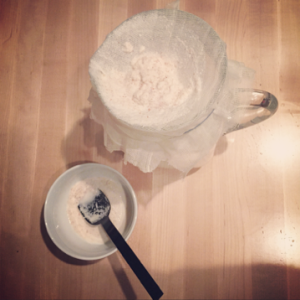
Pour the strained almond milk back into blender and blend it again with whatever sweeteners you’d like… vanilla bean, dates, warmed honey etc.
Pour your homemade almond milk into a glass jar or pitcher with a lid and store in fridge for up to one week.
- For the first batch, The vanilla I used was NOT high quality and you could totally taste it. That, and I put in 1/2 tbsp which might have been a bit excessive. Next time I’ll try with high quality vanilla. It seems like a waste to blend a vanilla bean just to strain it all out (they’re not cheap)
- A few recipes call for 3 1/2 cups of filtered water versus 4 which would make a creamier texture
- All of the other recipes called for dates to be added so I’ll have to remember that next time too since I didn’t add anything but the vanilla in
- I poured a little of the milk into the blender and tried it with a date and it did add a little sweetness to the milk
- Next time I’ll try blending the vanilla bean with the almonds and water, then straining the mixture and see how that works
- Some recipes also suggest blending in a 1/4 tsp cinnamon or nutmeg
- A nut bag might be easier than working with cheese cloth so I might try that too
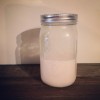
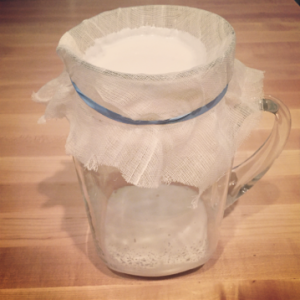
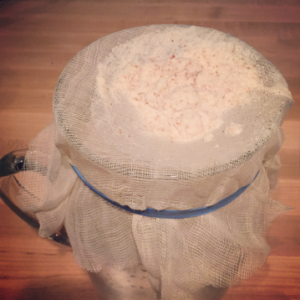

 This little treat was discovered at one of our favorite local bars,
This little treat was discovered at one of our favorite local bars, 

